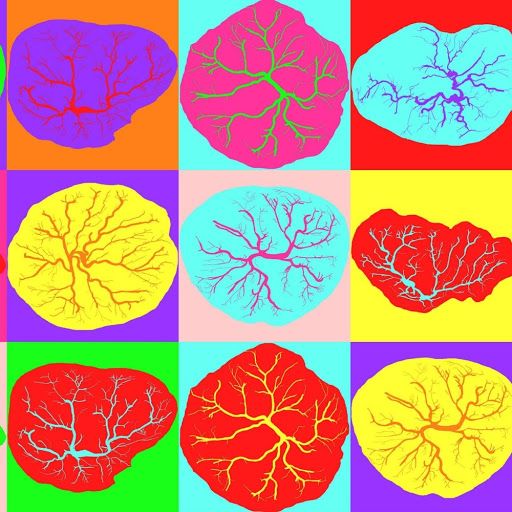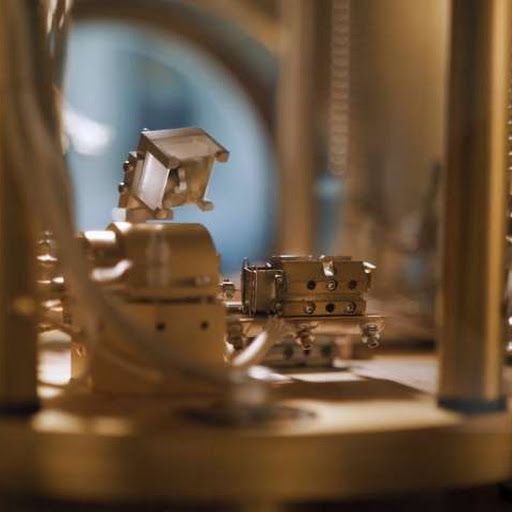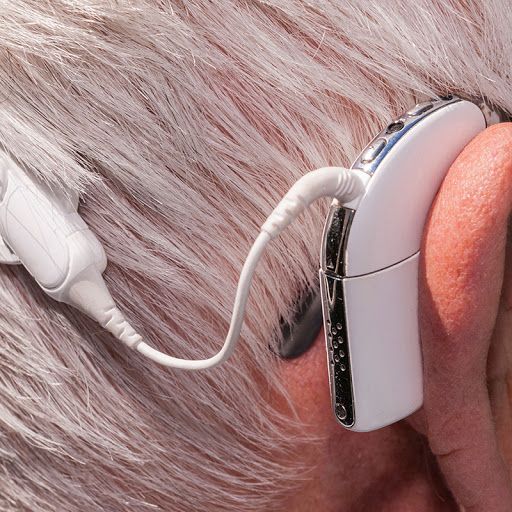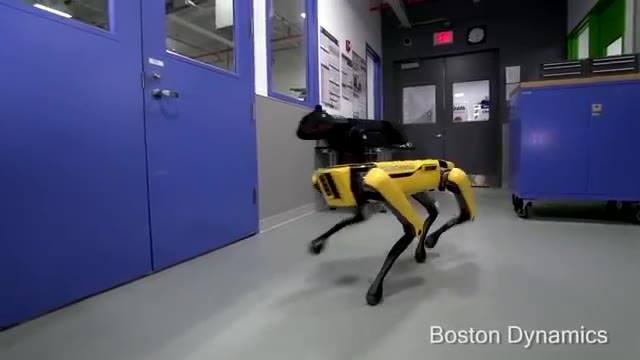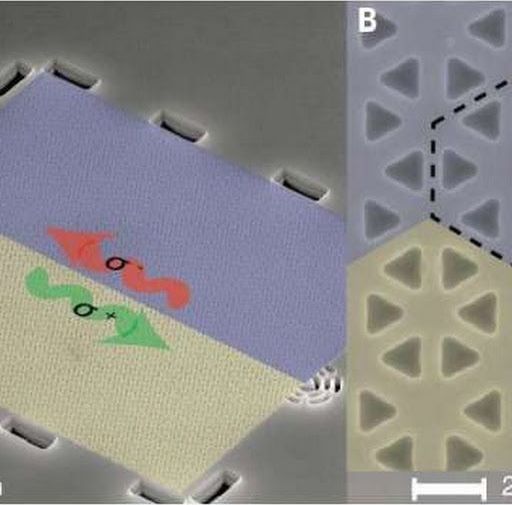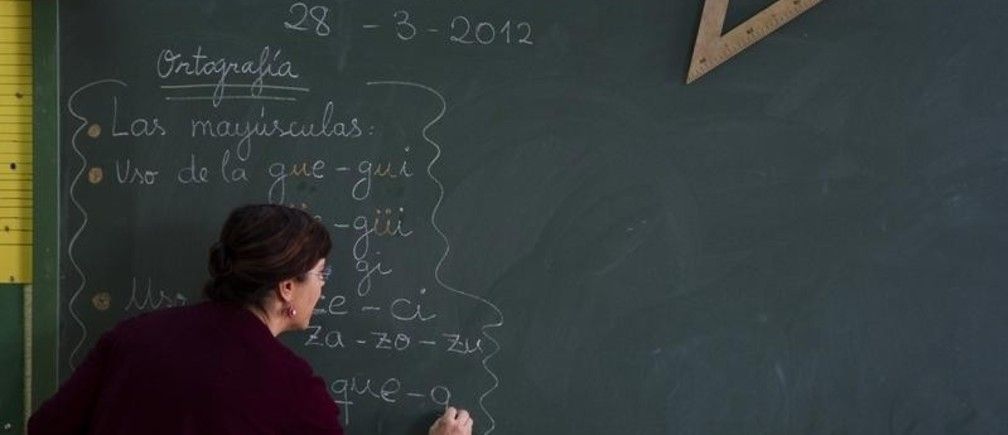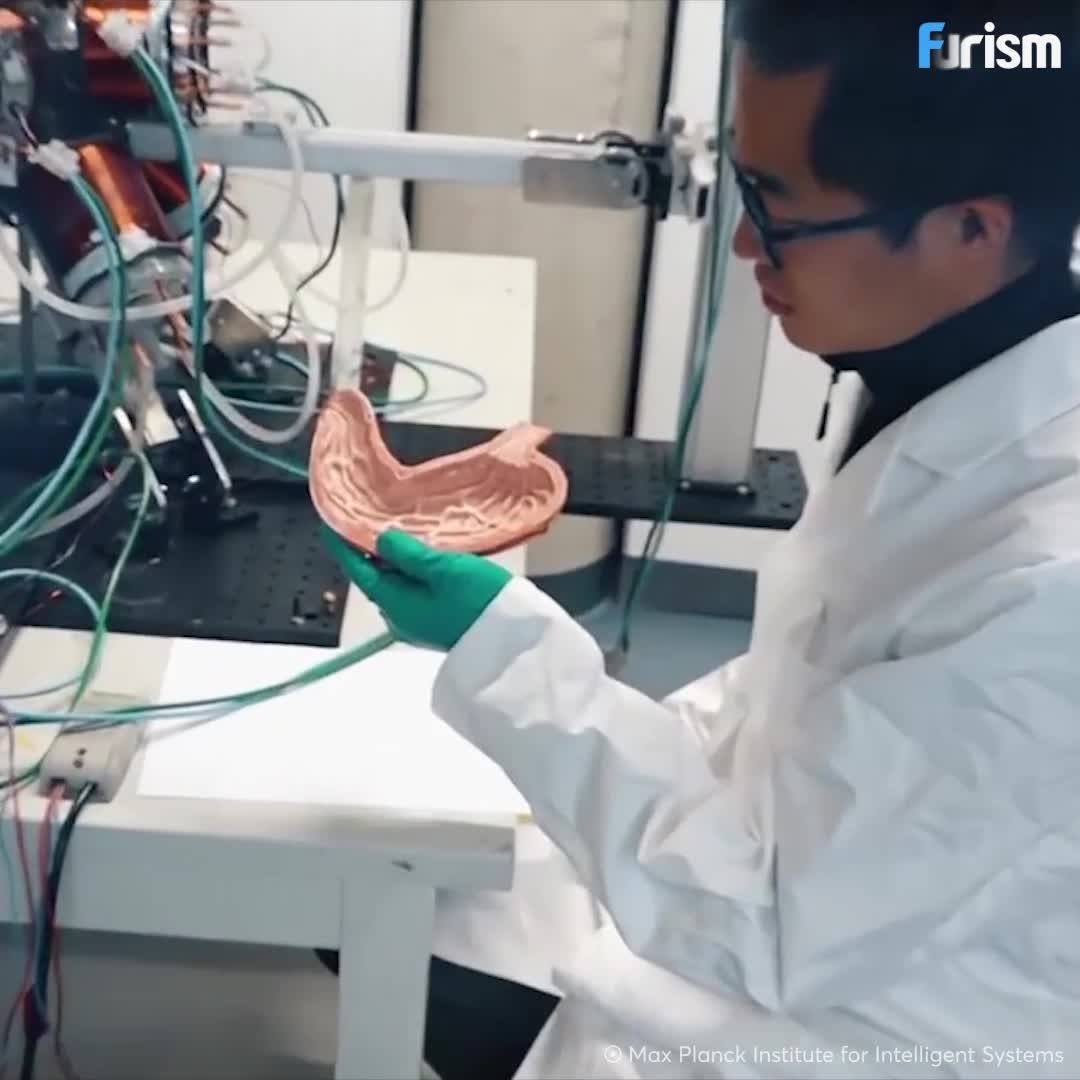Feb 12, 2018
Engineering and Physical Sciences Photography Competition 2018
Posted by Genevieve Klien in category: engineering
12 Feb 2018 Engineering and Physical Sciences Photography Competition 2018 Previous slideNext slide1 of 16View AllSkip Ad Second place in the Weird and Wonderful category This picture of Placental ‘Pop Art’ has won Second place in the Weird and Wonderful category of the Engineering and Physical Sciences Research Council’s annual photography competition. These images show automatically segmented chorionic vascular trees obtained from high resolution photography. Dr Rosalind Aughwane/UCL/EPSRC/PA Back to image.
